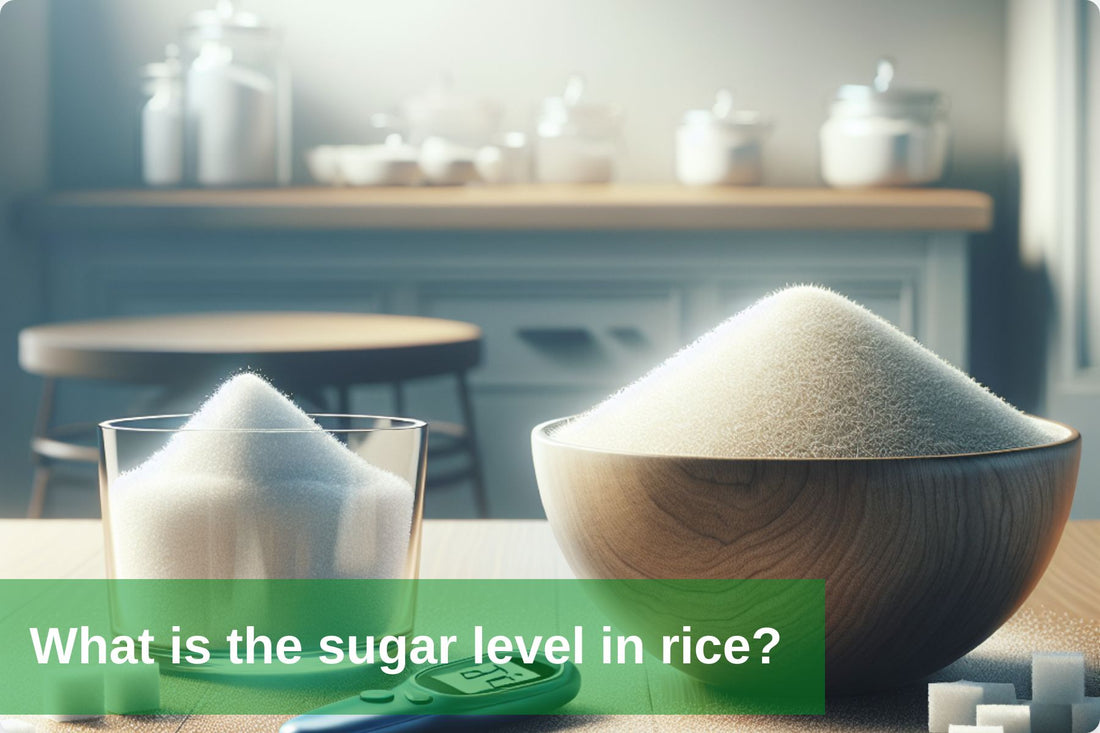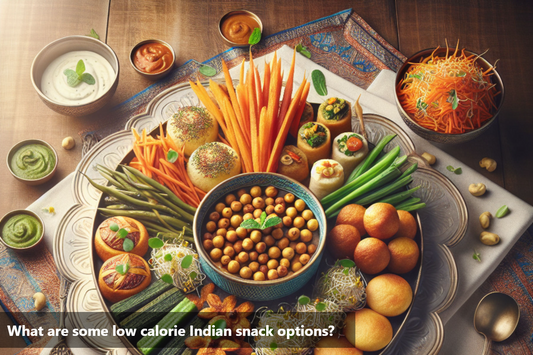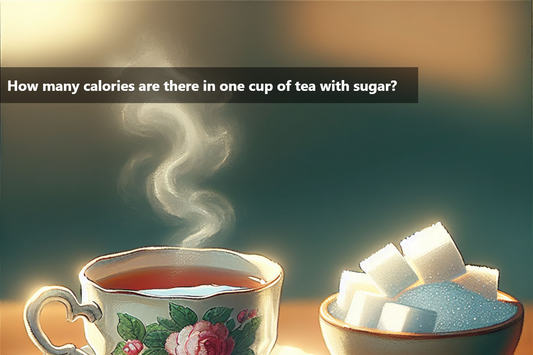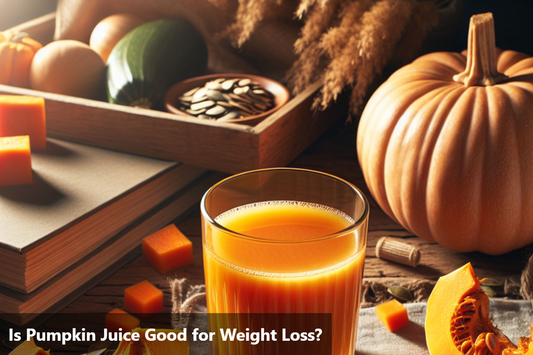Rice is a versatile carb that is a staple food for many cultures globally. However, it’s important to understand rice’s effect on blood sugar.As a high-carb food, rice can significantly impact blood sugar levels. The starch in rice is broken down into glucose, which enters the bloodstream. This can cause spikes and crashes in blood sugar, especially in large amounts.
Not all rice is equal when it comes to nutritional quality. Brown rice and wild rice have more fiber, making them slower-digesting options. Processed white rice is higher glycemic and can rapidly spike blood sugar.For people with diabetes or prediabetes managing blood sugar levels, rice can be enjoyed in moderation as part of a healthy diet. Portion size and cooking methods impact rice’s effects. Combining it with protein, fat or fiber slows digestion.
Overall, being aware of any carb-heavy food’s impact can help maintain steady blood sugar levels and better health. Understanding rice specifically empowers healthier eating habits.
Understanding Sugar Content in Rice
-
Natural Sugar Content: Rice, especially varieties like white rice, contains small amounts of natural sugars, primarily glucose and sucrose. However, this amount is typically very low, contributing minimally to the overall sugar intake in a diet.
-
Starch vs. Sugar: The main carbohydrate in rice is starch, which is a long chain of glucose molecules. During digestion, starch is broken down into glucose, which can affect blood sugar levels, but starch itself is not the same as simple sugars like sucrose (table sugar) or fructose.
-
Glycemic Index (GI): Rice varieties differ in their glycemic index, which measures how quickly a carbohydrate-containing food raises blood sugar levels. Generally, white rice has a higher GI compared to brown rice, basmati rice, or wild rice, due to differences in processing and fiber content.
-
Impact on Blood Sugar: While rice is not considered high in sugar content, its impact on blood sugar levels can vary. Choosing whole grain varieties like brown rice or wild rice, which contain more fiber and have a lower glycemic index, can help in managing blood sugar levels compared to highly processed white rice.
-
Nutritional Considerations: Rice is a staple food for many cultures and can be a good source of energy, vitamins (especially B vitamins), and minerals (such as magnesium and selenium). However, it's important to balance rice consumption with other foods to ensure a varied and nutritious diet.
Diabesmart’s Low GI rice tastes exactly like white rice, however in a twist this variety of rice is not only high in protein and fiber, but is clinically tested to lower sugar spikes while consuming them.
As we look at the variety of rice, it's clear that how it's processed plays a big part in its sugar content. Whether you prefer the simplicity of white rice, the nutritional value of brown rice, or the crunch of puffed rice, being aware of these differences helps us make smart food choices.
Measuring Sugar in Rice
-
Direct Sugar Content: Rice naturally contains small amounts of simple sugars like glucose and sucrose. These sugars are measured using analytical methods such as chromatography or spectrophotometry, which can quantify the exact amounts present per unit of rice.
-
Total Carbohydrates: Rice is primarily composed of carbohydrates, with starch being the dominant form. Starch is a complex carbohydrate made up of long chains of glucose molecules. When assessing rice for sugar content, total carbohydrate analysis is often conducted to understand the overall composition.
-
Glycemic Index (GI): This index measures how quickly carbohydrates, including starch in rice, raise blood sugar levels after consumption. While not directly measuring sugar content, GI is a useful indicator of how rice affects blood glucose levels compared to pure glucose (which has a GI of 100).
-
Nutritional Labeling: In some regions, packaged rice products may include nutritional labels indicating the amount of total carbohydrates, including sugars, per serving size. This information can provide insights into the sugar content relative to other macronutrients.
-
Impact of Processing: Different rice varieties and processing methods can influence sugar content indirectly. For example, white rice undergoes more processing, which removes some of the bran and germ layers containing fiber and nutrients, potentially affecting its glycemic response compared to less processed varieties like brown or wild rice.
-
Health Considerations: While rice isn't high in simple sugars compared to other foods like fruits or sweets, its glycemic response and overall carbohydrate load should be considered for individuals managing blood sugar levels, such as those with diabetes.
Getting accurate info about nutrition is crucial, especially if you're watching your sugar. Knowing the exact measurements helps you make smart choices about your diet. Whether you're trying to manage weight, deal with health issues, or boost your energy, having a clear idea about sugar in rice lets you take charge of your nutrition in a smart and informed way.
Comparative Analysis: Rice vs. Other Staples
In looking at rice and its sugar content, let's compare it with other common foods like chapati and wheat. This comparison helps us understand the sugar levels and how these foods affect our health.
Rice Varieties
|
Nutrient |
White Rice |
Brown Rice |
Basmati Rice |
Jasmine Rice |
Wild Rice |
|---|---|---|---|---|---|
|
Calories (kcal) |
130 |
111 |
121 |
130 |
101 |
|
Carbohydrates (g) |
28.7 |
23.5 |
25.5 |
28.2 |
21.3 |
|
Protein (g) |
2.7 |
2.6 |
3.3 |
2.4 |
3.9 |
|
Fiber (g) |
0.4 |
1.6 |
0.6 |
0.3 |
1.8 |
|
Fat (g) |
0.3 |
0.9 |
0.5 |
0.3 |
0.3 |
Comparisons with Other Staples
|
Food |
Potatoes (boiled) |
Quinoa (cooked) |
Pasta (cooked) |
Bread (whole wheat) |
Lentils (boiled) |
|---|---|---|---|---|---|
|
Calories (kcal) |
87 |
120 |
131 |
247 |
116 |
|
Carbohydrates (g) |
20.1 |
21.3 |
25.0 |
48.0 |
20.1 |
|
Protein (g) |
1.9 |
4.4 |
5.0 |
8.7 |
9.0 |
|
Fiber (g) |
1.8 |
2.8 |
1.3 |
6.0 |
7.9 |
|
Fat (g) |
0.1 |
1.9 |
1.1 |
2.7 |
0.4 |
Can Rice Increase Sugar Levels?
Exploring whether eating rice can affect sugar levels involves looking at things like how fast the sugar in food gets into our blood, how much we eat, and what else we're eating. Let's tackle this directly and simplify the connection between rice and blood sugar.
The speed at which different foods impact blood sugar is measured by the glycemic index (GI). Rice, which comes in various types, can have different GIs. Generally, white rice tends to raise blood sugar faster than brown rice. Foods with a high GI can cause a quick spike in blood sugar, which may not be good for health.
But, it's essential to see the bigger picture. Controlling how much rice we eat is crucial in lessening its potential impact on blood sugar. Having sensible amounts and balancing rice with other types of food can help control the sugar spike and keep things steady.
Additionally, what we eat overall plays a big part in how rice affects blood sugar. Having a mix of healthy foods and making thoughtful choices about the kind of rice we eat can lead to a well-rounded and health-conscious diet.
In conclusion, while rice can affect blood sugar, it's not a simple yes or no. The glycemic index, how much we eat, and our overall diet are all connected. Being aware of these factors lets people enjoy rice as part of a balanced diet without worrying too much about their blood sugar levels.
Points to keep in mind
In wrapping up our exploration, it's clear that knowing how much sugar is in rice is important for people who care about their health and what they eat. Let's sum up the main points and stress why this information is important, along with giving practical tips for including rice in a healthy diet.
Key Points:
Different kinds of rice, like white, brown, and puffed rice, have different amounts of sugar because of how they're processed. Measuring sugar in rice per cup or per 100 grams helps us understand the nutritional differences. Comparing rice to other staples like chapati and wheat shows how sugar levels can vary in common food choices. To address concerns about rice raising sugar levels, think about factors like glycemic index, controlling portions, and the overall mix of foods in your diet.
Why It's Important to Know About Sugar in Rice: Knowing how much sugar is in rice helps you make smart choices based on your health goals. Whether you're watching your sugar for weight management, diabetes, or just staying healthy, this knowledge lets you make informed decisions.
Practical Tips for Including Rice:
Choose Wisely: Go for whole grains like brown rice or try alternatives like quinoa, which has less sugar and more nutrients. Watch Your Portions: Control how much rice you eat to manage its impact on blood sugar, avoiding sudden spikes. Mix Up Your Diet: Balance your rice with fruits, veggies, proteins, and healthy fats for a well-rounded meal. Think About When You Eat: Spread out your rice throughout the day, including it in meals to keep your energy levels steady.
Encouragement for Smart Food Choices: In the end, the main idea is that being thoughtful about how you eat rice lets you enjoy this common food without compromising your health goals. Tailoring your choices based on what you like and what your body needs ensures a balanced and sustainable approach to eating. As you dive into your cooking adventures, may these tips help you create a lifestyle that's both balanced and health-conscious.
This Blog post is an initiative by DiabeSmart, to provide accurate and Nutritionist / Doctor approved information related to Diabetes. DiabeSmart is India's first Food brand designed specifically for Diabetics, that has been clinically tested on Diabetics and Pre-Diabetics to deliver 55% - 70% lower Sugar spikes. DiabeSmart is part of Lo! Foods - India's leading brand for Everyday Functional Health foods.















